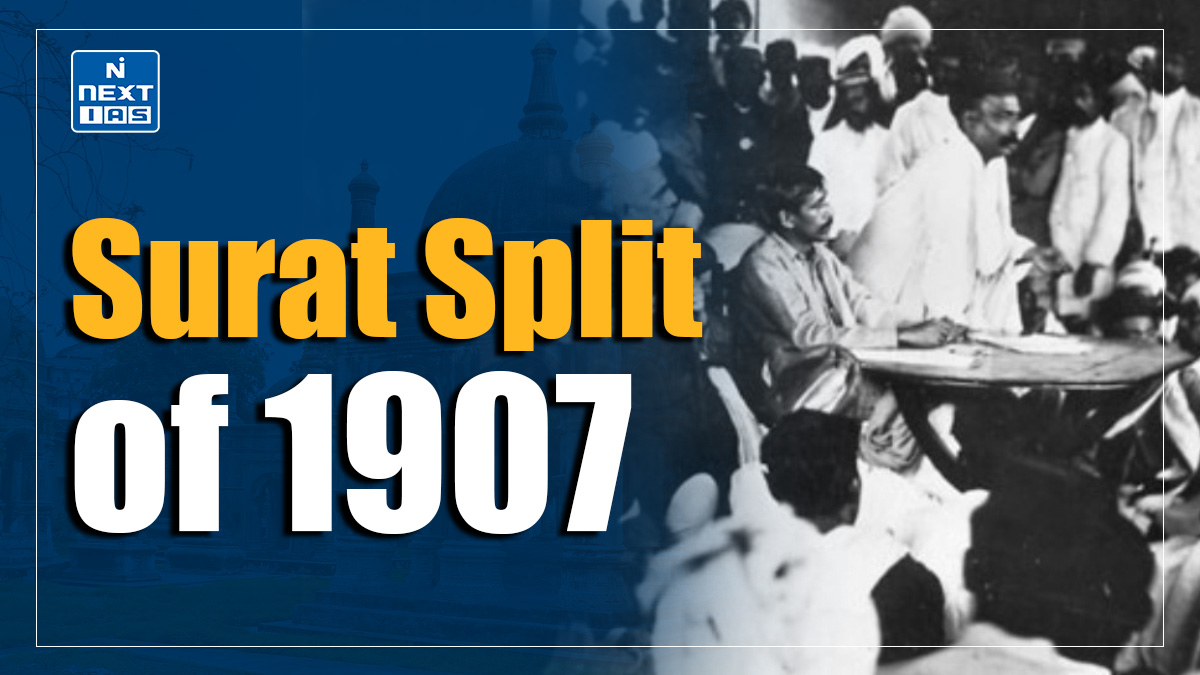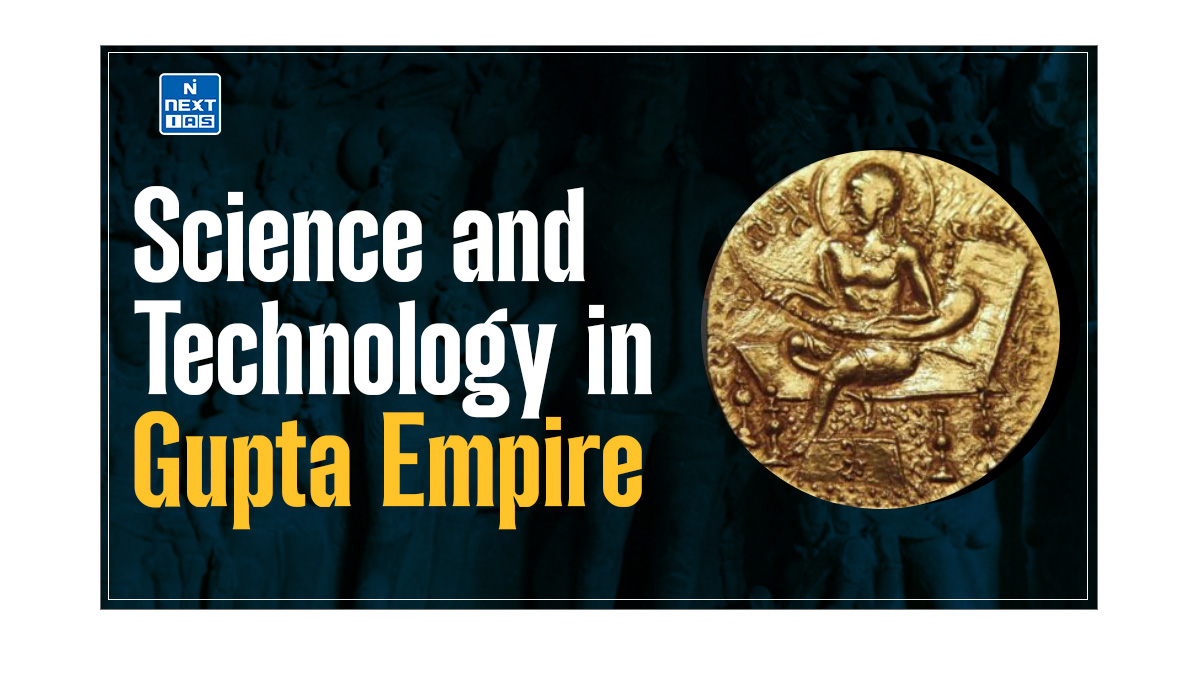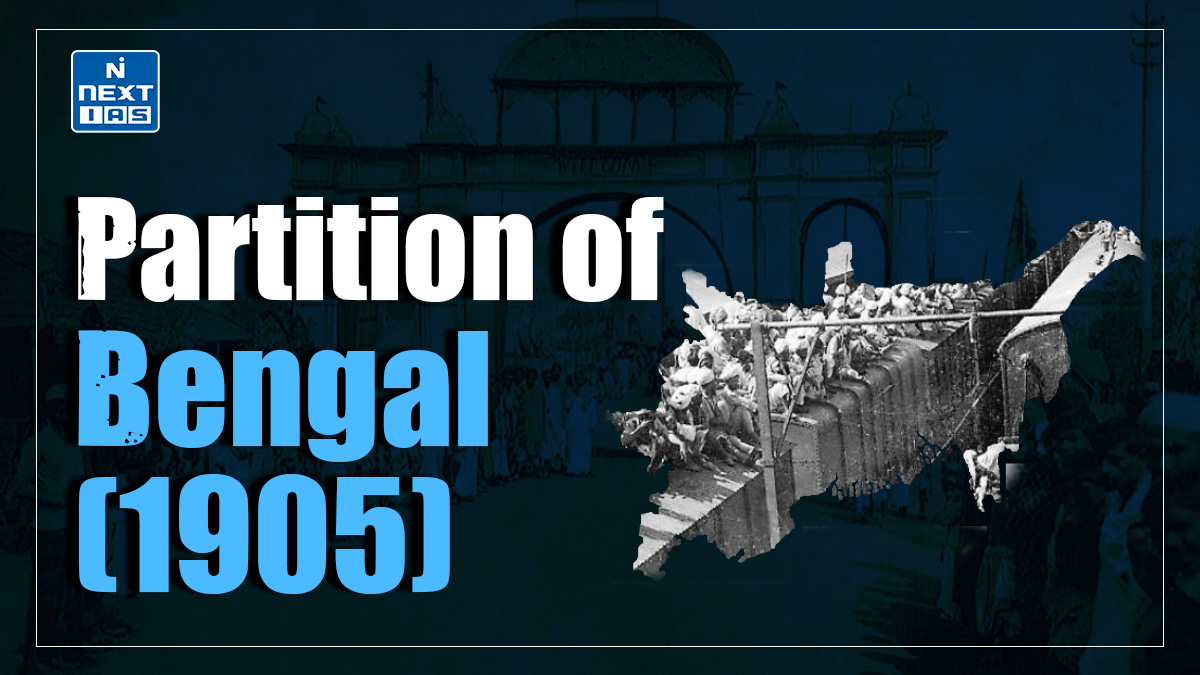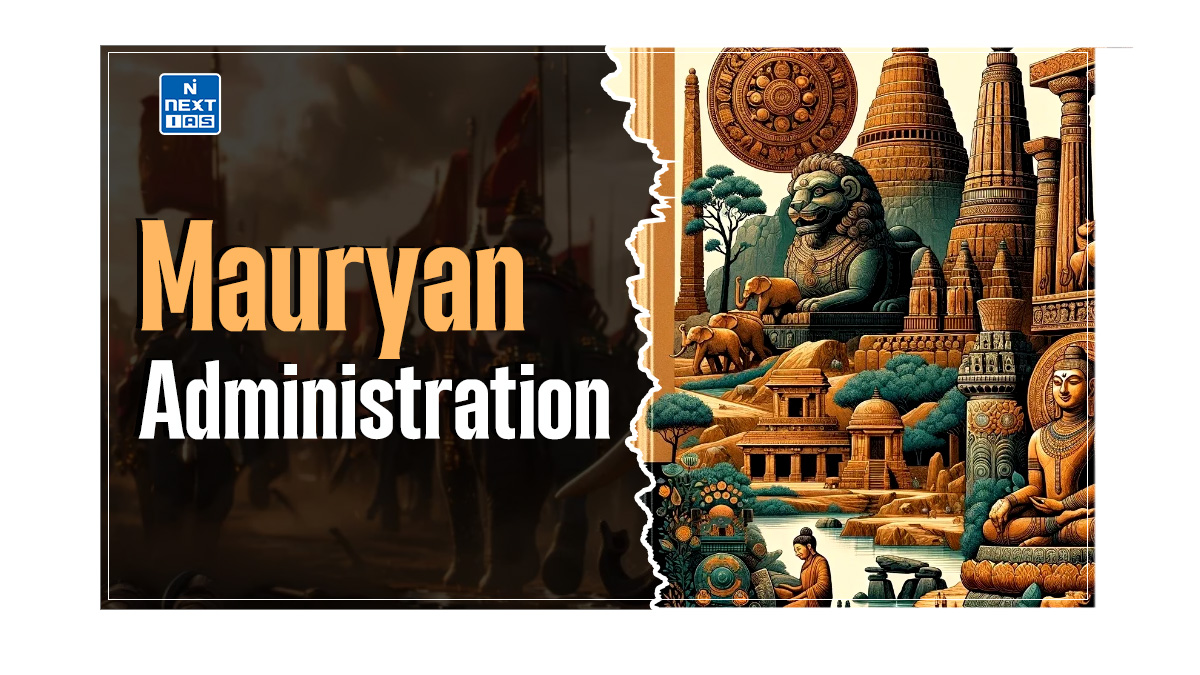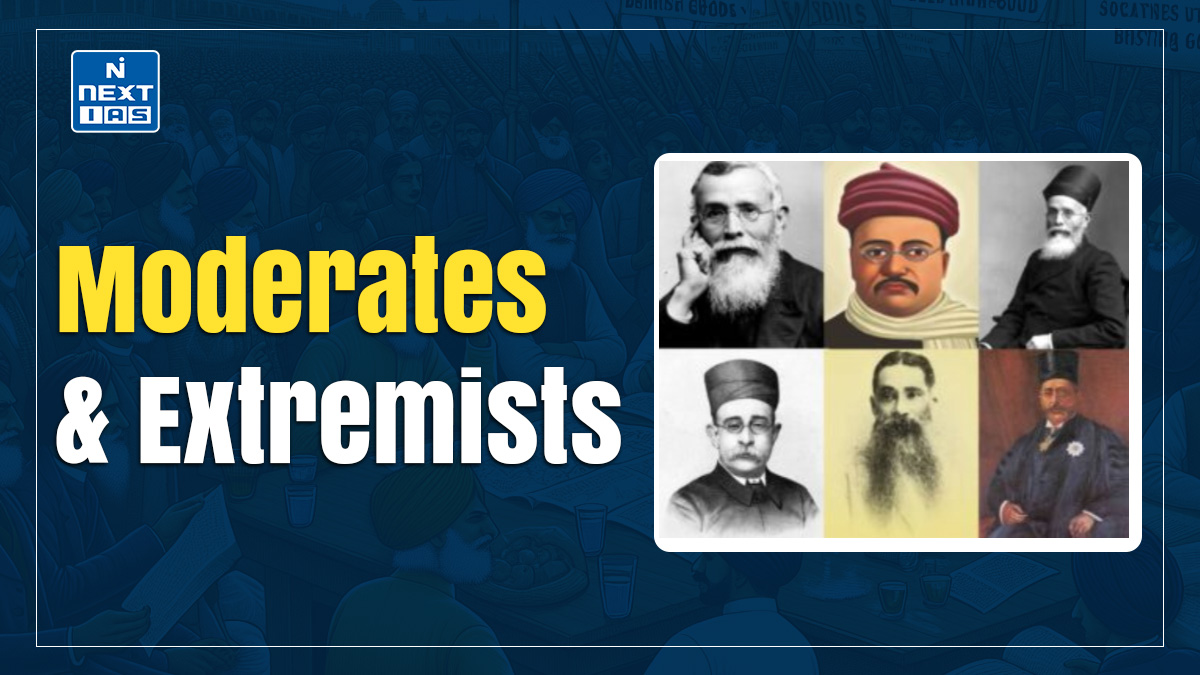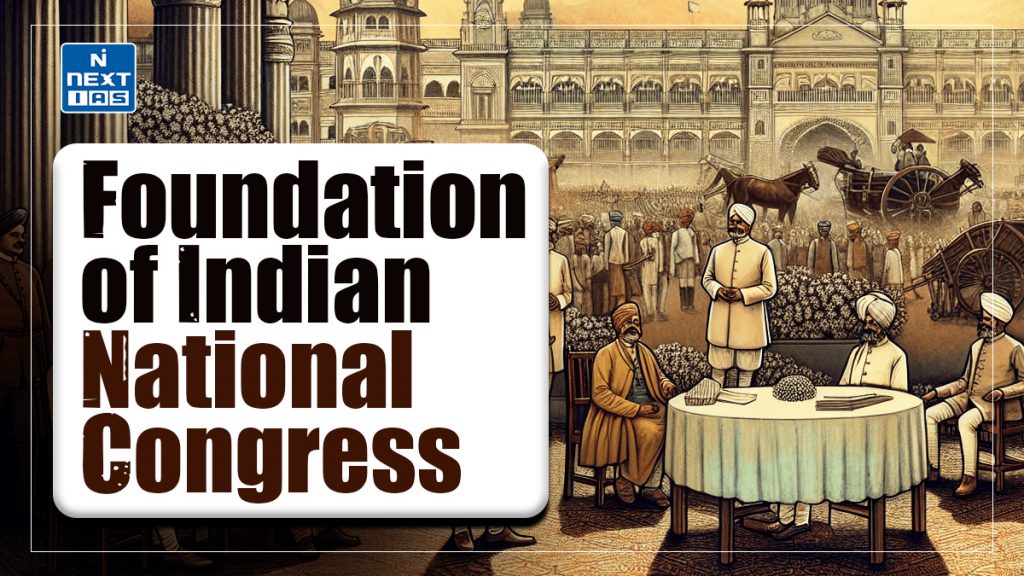
The Indian National Congress (INC) was established in 1885 as a national political organisation to unite Indians in their struggle against British colonial rule. It became a crucial platform for promoting political awareness and laying the foundation for India’s independence movement. This article aims to study in detail the foundation, objectives, and early developments of the Indian National Congress, along with the controversies surrounding its formation.
Foundation of Indian National Congress (INC)
- The formation of a national organisation had been anticipated for some time, but a mediator was needed to unify regional leaders under one umbrella.
- A.O. Hume, a retired British civil servant with a supra-regional identity and liberal political views, played this critical role.
- Touring the subcontinent, he convinced prominent leaders to convene at a national conference, initially planned in Poona but later moved to Bombay due to a cholera outbreak.
- Thus, in December 1885, at a convention of 72 delegates, the Indian National Congress (INC) was established as a national political forum.
- However, the formation of this all-India organisation stirred controversies, including the Safety-valve Theory.
- The first president of the Indian National Congress was Womesh Chandra Bonnerjee. He presided over the inaugural session of the Congress held in Bombay (now Mumbai) in December 1885.
Objectives of Indian National Congress (INC)
- Nation Building and Unity: Congress aimed to cultivate a sense of collective identity among Indians, bridging cultural, linguistic, and religious divides. This objective was essential for creating a unified front against British colonial rule.
- Promoting National Unity Across Regions: Congress held annual sessions in various cities, ensuring diverse regional participation. This approach encouraged Indians from different areas to collaborate, fostering mutual respect and solidarity.
- Creating a Political Forum for United Action: Congress provided a platform where Indians could voice their grievances and discuss solutions. By uniting politically aware individuals from across India, Congress strengthened collective action against colonial policies.
- Raising Political Awareness Among Indians: Congress aimed to educate Indians about their rights and political issues through speeches, petitions, and public meetings. This awareness empowered people to advocate for themselves and prepared them for self-governance.
- Developing All-India Leadership: Congress sought to create a representative leadership that could speak for all Indians. This body of leaders became essential in guiding the nationalist movement and negotiating with the British.
- Securing Political Reforms and Addressing Grievances: Initially, Congress focused on obtaining reforms within British rules, like fairer taxes and better representation. These efforts aimed to improve conditions and set the stage for greater autonomy.
Programme of Early Congress
The Congress was not merely a political party but a movement for Indian public life. Early Congress set out with the following program:
- According to W.C. Bonnerji, Congress was a platform for “loyalists and well-wishers” of the British Government.
- Congress sessions were to be conducted democratically, with issues decided by debate, discussion, and occasionally voting.
- Annual sessions were to be held nationwide, with presidents chosen from different regions to encourage unity.
- Resolution Approval: No resolution would pass if opposed by an overwhelming majority of either Hindu or Muslim delegates.
- The minority clause (1889) ensured proportional representation for minorities in legislative councils.
- Congress sent petitions to address aspects of “un-British rule.”
Social Composition of Early Congress Leadership
- The first Congress meeting, held in Bombay in 1885, featured 72 representatives from diverse professions, including lawyers, merchants, landowners, and educators.
- However, Congress was primarily dominated by high-caste Hindu communities such as the Bhadralok in Bengal, Chitpavan Brahmins in Bombay, and Tamil Brahmins in Madras.
- Muslim representation remained limited; between 1892 and 1909, only 6.5% of Congress delegates were Muslims.
- Women’s participation was also low, though Kadambini Ganguli became the first woman to address a Congress session in 1890.
Safety-Valve Theory
- A.O. Hume’s pivotal role has led to significant debate about the INC’s origins.
- According to the Safety-valve Theory, British rule supposedly established Congress as a channel for Indian discontent to prevent revolutionary outbreaks.
- First noted in William Wedderburn’s 1913 biography of Hume, the Safety-valve Theory suggests that Hume and Lord Dufferin wanted to avoid unrest among lower classes.
- Historians like Bipin Chandra, however, argue that early Congress leaders viewed Hume as a “lightning conductor” to unify nationalist forces, even if under the guise of this “safety valve.”
Conclusion
The formation of the Indian National Congress marked the formal beginning of organised nationalistic activity in India, fostering a sense of unity and political consciousness among Indians. Initially focused on moderate demands within the framework of British rule, the INC’s early activities shaped public awareness and helped develop a national leadership that could later intensify the freedom struggle. Despite criticisms, including the Safety-valve Theory, Congress played a vital role in mobilising Indian society and paving the way for independence. By uniting people across regional, cultural, and religious lines, the INC sowed the seeds of a national identity that would eventually culminate in India’s independence.
Frequently Asked Questions (FAQs)
Who was the first president of Indian National Congress?
The first president of the Indian National Congress was Womesh Chandra Bonnerjee.
Who founded Indian National Congress?
The Indian National Congress was founded by Allan Octavian Hume in 1885.
When was Indian National Congress formed?
The Indian National Congress was formed on 28th December 1885.
Who is the first woman president of Indian National Congress?
The first woman president of the Indian National Congress was Annie Besant, who presided over the session in 1917.
